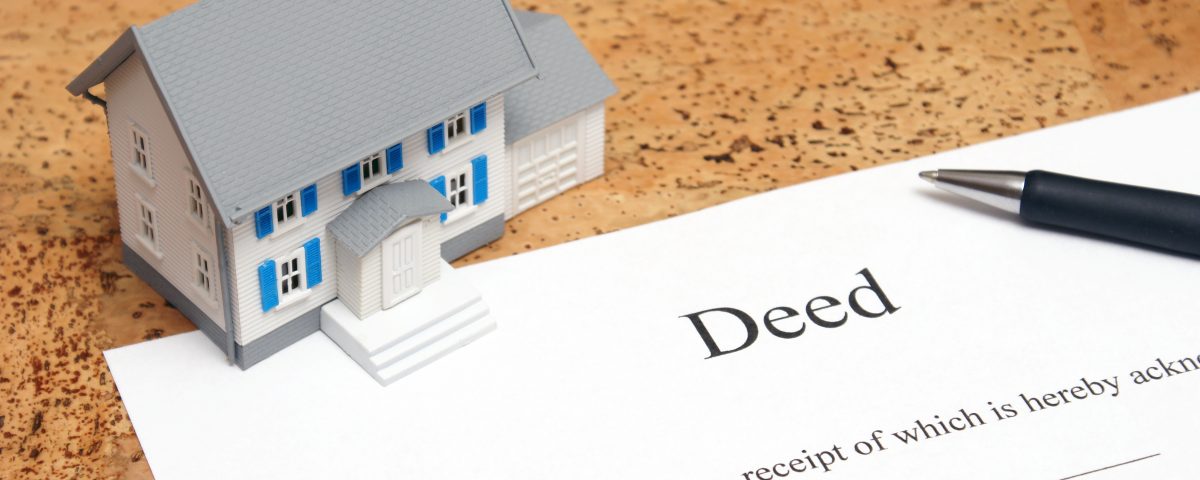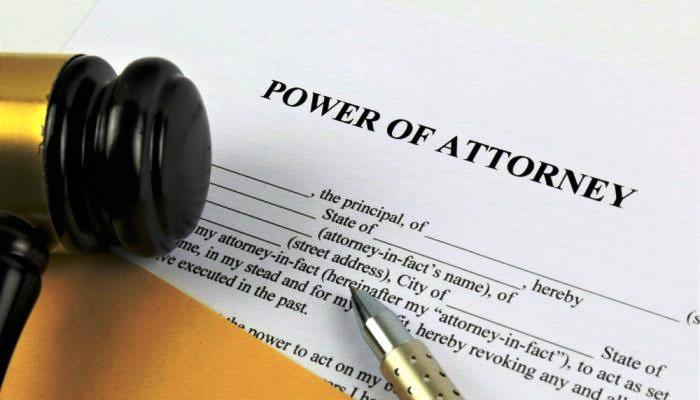How to register Sale Deed for Property in India ?
The Sale Deed for property in India is an essential document that has entire details about the transfer of property ownership. It is one of the most important documents while buying, selling or transferring property in India. The document is also called the Deed of Sale or Conveyance Deed.
The terms and conditions of the Sale Deed for property in India must be expressly accepted by all individuals involved in the sale of the property. The buyer and seller are to accompany 2 witnesses at the time of executing the Sale Deed for property in India at the registrar’s office.
The seller is expected to have paid all dues concerning the property. The property buyer could do well to ensure clear titles before signing the Deed of Sale. He can verify all charges as well as balances by availing the Encumbrance Certificate (EC) of the property at the registrar’s office.
Following are the most popular encumbrances:
- Property Tax
- Cess
- Society Charges
- Loans availed against the property
- Loan to build the property
- Electricity and Water Maintenance Charges
Procedure of Sale Deed for Property in India
It is crucial for the Sale Deed to be registered in the sub registrar’s office. A Sale Deed for Property in India that is not registered does not transfer the ownership to the buyer even though he/she has paid the full cost upfront to the seller.
Following steps to register a Sale Deed for Property in India
- A legal expert or an advocate drafts the Sale Deed.
- The buyer buys the stamp paper in relation to the property value.
- A registration date is agreed upon by all parties.
- The registration fee is paid.
- The buyer, seller and 2 witnesses come at the sub-registrar’s office to register.
What happens to the Deed of Sale if the land and property are bought on a mortgage?
If the property is purchased on a mortgage, the mortgagee holds the right to hold the registered sale deed in his possession till the mortgage is fully paid.
What Information Does the Sale Deed Have?
The Sale Deed for Property in India has every information needed to complete the sale of property including:
- Full name and address of the buyer as well as seller
- Exact location and address of the property
- Size and features of the property
- Encumbrance certificate(EC) from the seller
- Date of property takeover
- Details of payment made for the property
- Indemnity provisions
Indemnity provisions concern to the risk transferring facility. Both the buyer and the seller have should they face a liability, harm or loss due to the agreements made between the two individuals people.
What Happens After the Sale Deed Is Executed?
All documents associating to the property have to be presented within four months from the execution of the Sale Deed for Property in India at the registrar’s office. A grace time period of 4 more months may be availed upon funding a maximum fine of 10 times the registration fee.
The registration process of the land and property is completed after all the required documents are verified and also approved by the sub-registrar. A copy of the documents is kept at the office while the originals are provided to the buyer.




